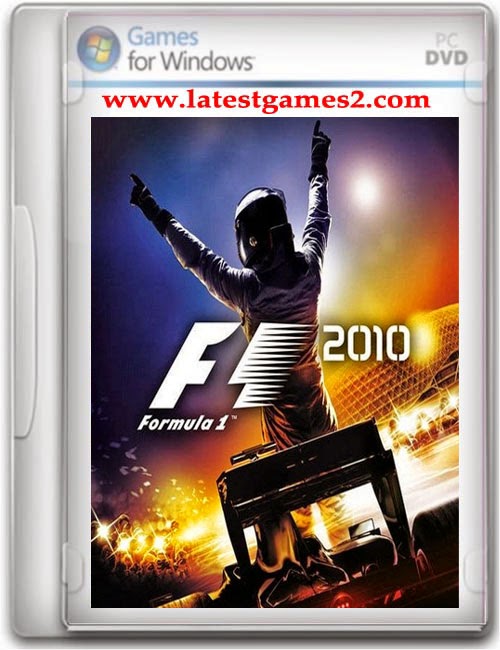


Then when a happy-go-lucky kid from Germany joined them, after a memorable shock win at Monza in 2008 for the sister Toro Rosso squad, the potent new axis of F1 power was complete. But by 2005, founder Dietrich Mateschitz and his friend, ex-F1 driver and Formula 3000 team owner Helmut Marko, had taken over the shambles that was Jaguar Racing, then installed bright and ambitious Christian Horner to run it – who, crucially, lured Adrian Newey from McLaren to design their cars around Renault’s new 2.4-litre V8s as F1 kissed goodbye to screaming 3.0-litre V10s. Red Bull meant little to anyone when the logo emerged in the mid-1990s on the side of the Saubers. Move over Ferrari, McLaren and Williams (by now struggling as a lowly independent): here was a fresh, young bull in the field – and it held the higher ground. Vettel and the Austrian energy drinks brand he drove for came to dominate the first years of F1’s most recent decade, to complete a perfect run of four consecutive drivers’ and teams’ titles. But if there was some fortune at play in his first world championship, this had been no fluke.


 0 kommentar(er)
0 kommentar(er)
